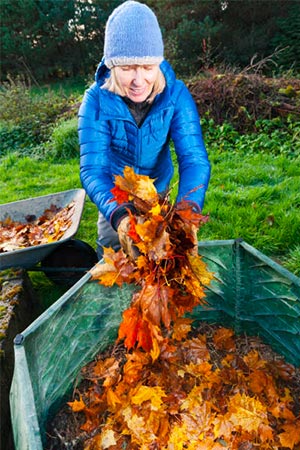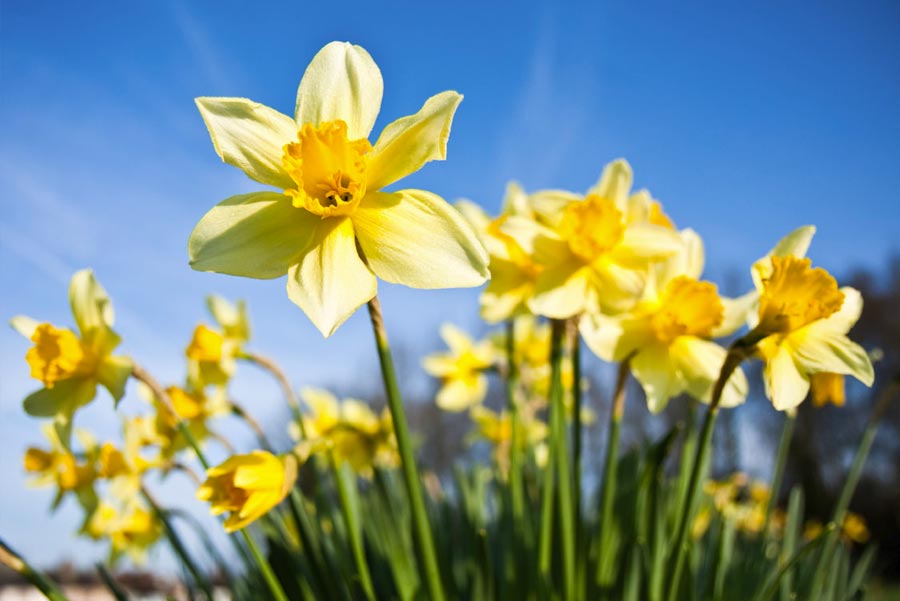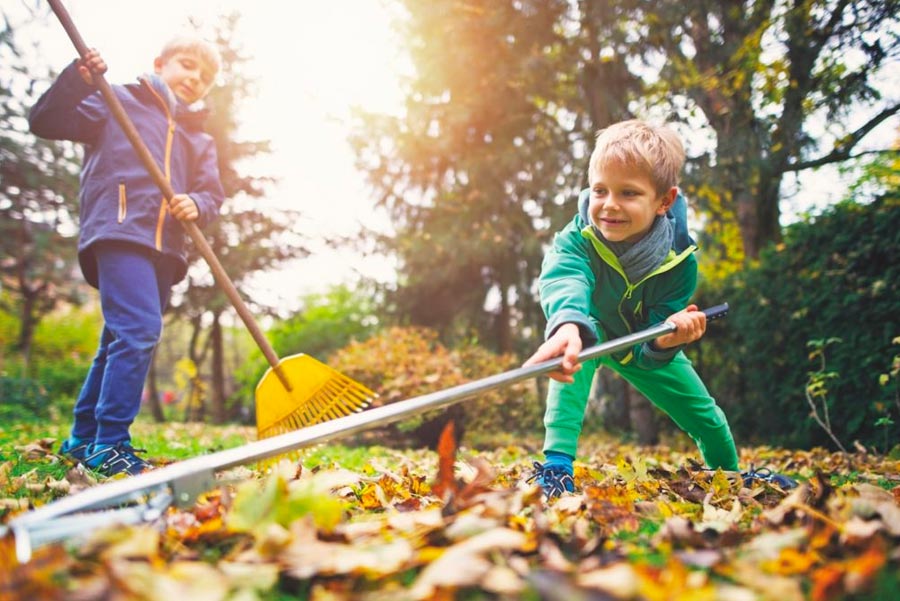I kicked off November with a can of dicer and a scraper in a pair of hands that felt more like I’d shoved them in the freezer and fondled a bag of frozen garden peas for a while. It’s getting colder, and my frozen little Peugeot 107 doesn’t like it. If that’s how my not-so-much beast of a car is feeling, what about the many gardens dotted around the UK? Thankfully I’ve already helped the plants by writing this ‘protecting plants from frost or snow’ guide, but if you’re at a loss about what you’re supposed to do in the garden in the short cold days of November then seal your eyeballs on this guide to what to do in your garden in November and know it’ll be the last time you pull the lawn mower our or work with the hedge trimmer. But it’ll bring new challenges, you’ll have the leaf blower out everyday.
Things You Should Do In Your Garden In November
Much of what you’ll be doing concerns tidying up and preparing your garden to endure the winter.
General Jobs

- Remove things left over from summer planting: Do a tidy up and pull up things like canes and supports that you only used for summer crops. Leaving them out through winter could just render them useless next summer so good preparation is worth it thanks to a battering by the weather.
- Rake up leaves: You’ll have probably started this anyway, but being autumn you’ll find that leaves are a common occurrence. Rake up all those leaves that have fallen onto your lawn and other parts of the garden, before putting them into a compost bin (in a separate compartment to the general compost) so that you can’t start getting leaf mould for future projects.
- Set-up some winter protection: To protect delicate plants from the cold weather you’ll need to create some kind of protection or bring them inside for the winter.
- Prepare your soil: This is your last chance to get the soil prepared, as it will be too frozen or wet during winter to do anything with. Clear weeds and old dead plants, mulching the soil as you go. Mulching will prevent leaching and erosion of the soil throughout the winter. Adding compost to the soil will also help improve it in time for spring planting.
- If you’re building a bonfire (particularly on 5 November) make sure you check for any hibernating hedgehogs before you light the fire. Personally I prefer a shredder now because that mulch is so useful for the fight against drought and looking after your plants in the summer.
- Take a spike to the lawns: Put grit into the holes created so that surface drainage is improved.
- Edge your lawn to make it look neat and tidy.
- Wash and dry any unused pots, seed trays and containers before putting into storage. This will ensure pests and diseases don’t linger until you want to use them again next year.
- Clean gardening tools too, applying oil so that they won’t rust while unused.
- If you’ve got a greenhouse then give it a good clean out. Wash the windows inside and out to allow the maximum amount of light in during the darker winter months. Give it all a good disinfectant, giving everything a good scrub, so that no nasty diseases are left lingering. If any glass is damaged then make sure to replace it before winter arrives. If it’s not already then you should also insulate it to reduce heat loss.
Flowers and Plants
- Divide perennials
- Keep watering until the ground freezes over.
- Take a look at our winter flowers guide.
- You can plant daffodil and tulip bulbs now for them to flower in spring. I like a bulb planter.
- Bring delicate perennials inside to wait out the winter
- You can also plant bare-root roses now.
- Start planning what you’re going to plant next year. Since you’re doing less in the garden you can take some time to start formulating a plan about what you want next year’s garden to look like, perhaps even some landscaping.
- Move deciduous shrubs and trees, such as conifers and evergreens that are now too big for their positions. Give them a prune with some nice shears or shrub trimmers, taking cuttings to place in sheltered spots with a sharp grafting knife.
- Make sure the soil is firm around newly planted trees and shrubs, as the wind can pull them out.

Fruit and Vegetables
- Dig up any summer crops and pop them in the compost.
- You can now harvest carrots, cauliflower, cabbages, parsnips and endive.
- Prepare a perennial vegetable bed where rhubarb and asparagus can be planted. You can also plant onion sets, garlic, mushrooms and broad beans.
- Congested clumps of rhubarb need to lifted and divided.
- Spread any manure you have over vegetable beds so that it can rot down over winter.
- Currant bushes can now be planted while they are dormant, as can raspberry canes.
- Prune pear, apple and fig trees. Plum trees should be left alone as they can develop silver leaf fungus if pruned now.
- Check and fruits in storage and remove any that are showing signs of rotting before it has chance to spread.
- Tidy up strawberry beds by removing unwanted runners, weeds and old leaves.
Wildlife
- Fill up bird feeders and provide fresh water. Here’s everything you need to know about bird feeders. Remember to keep a check on food supplies, and check the water daily to ensure it hasn’t frozen over.
- Gather a small stack of logs to act as a shelter for insects and amphibians throughout winter
Have anything to add? Please comment below!
